Transnistria and Gagauzia
CURRENCY CRISIS IN TRANSNISTRIA: CONTRADICTIONS BETWEEN BUSINESSES AND AUTHORITIES
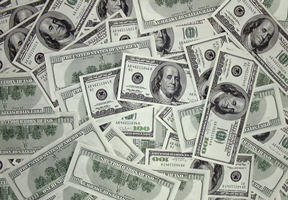
Infotag’s commentary.
Part 1. Advantages from cheap and expensive US dollar
If the situation with the exchange rate on the currency market is unstable, it is necessary to see and analyze who benefits from it. If there is no one, the situation will resolve by itself. However, in case of Transnistria‘s currency market, the situation drags on too much, this means that it is necessary to identify for whom it may be profitable from the material point of view.
Without going into details or operating with concrete figures, but ratiocinate, it is obvious that someone needs the hunger for currency and the administrative identification of the Transnistrian ruble rate.
“This someone, who gets benefit from such situation on the market, receives currency for importing consumption goods at the low official rate, which obviously is not available to the population. People have access to currency at the rate of black market, where dollars and euros are being sold by 40% more expensive than the official rate, which is the purchasing rate for importers”, said a Moldovan currency market participant.
He drew attention to the fact that at such a rate no one will start buying currency for shopping tourism; they will be buying goods from those, who are importing food to the region in large volumes.
“Thus, the importer gets good profitability, including at the expense of the currency, available for him at the official rate. If desired, the imports may be conducted at a slightly lower price than competitors, to press them in the market by means of dumping”, the Infotag interviewee said.
According to him, in a highly favorable situation the importer also joins the total flow of indignations and accusations towards the Transnistrian central bank about the deficit of cheap currency.
It is worth mentioning that the bank preserved the Transnistrian ruble rate stable at sustainable inflow of currency to Transnistria. The bank president Eduard Kosovsky often was saying about the fact that “in such a small economic space the exchange rate fluctuations are like waves in a basin – all the water may splash out. Since the second half of 2014, the currency flow to Transnistria started to slowly dry up. The situation was aggravated by a new contract with the Moldavskaya power plant [in Transnistria, the Republic of Moldova’s largest energy producer] on supplying electricity to Moldova, according to which since April 2016 the new tariff became by almost 30% lower than the previous.
Currently, the bank is selling almost all the currency, which arrives at it. The bank does not satisfy applications on currency buying due to two reasons – either there is no currency (which often occurs lately), or the selling conditions did not suit the customer. For example, the Agroprombank did not suit with the fact that regulator introduced commission of 10% for the sold currency.
Party 2. The bank cannot independently solve the issue of ruble depreciation
Experts, interviewed by Infotag correspondent, say that about 90% of currency in the region is being purchased by the Agroprombank.
“While in terms of the US dollar, almost 95% of currency accounts for this bank”, said one of them.
He said that the regulator was reasonably preserving the ruble rate stable until the beginning of 2015.
“There was enough currency in the region to support the ruble. While almost all exporters from Transnistria, except the Moldavskaya power plant [in Transnistria, the Republic of Moldova’s largest energy producer], have been in decline, thus their supporting through the depreciation would bring to the economy more harm than benefit”, said the Infotag interviewee.
Experts cite the fact that for exporting products from Transnistria, a lot of raw materials should be imported. For example, the Moldovan metallurgical plant, which before was considered the region’s largest exporter, is importing 100% of raw materials.
“Even a slight depreciation of the ruble would lead to the fact that the largest importer would immediately raise the prices, while about one-half of population in Transnistria accounts for socially vulnerable layers. In order to protect them, the exchange rate was kept stable by means of administrative resources”, the expert said.
Currency market participants said that for example, on June 20, the Agroprombank provided to the Transnistrian bank a credit worth US$15 million, which were earlier purchased from the same regulator.
The very fact of crediting means that both the Agroprombank and the Sheriff holding had currency available. It might be supposed that loud statements about deficit of currency for buying fuels and for importing food products to prevent the food riots had a political burden. In the last few days, goods return to the shelves of shops of the “Sheriff” network. Their price is approximately equal to the price of similar goods, for importing of which the currency was bought at a higher price.
“These money for trading in imported products will be enough for approximately three months, after which the Transnistrian bank will return these US$15 million to the Agroprombank. It turns out that the region’s major importer will have a guaranteed advantage in comparison with others only due to the facilitated access to cheap official rate of the Transnistrian ruble against the US dollar”, one of interviewees said.
He did not exclude that in the black market the exchange rate of dollar the rest of people and economic agents are forced to buy, may become even more expensive over six months and reach the rate of 17-18 rubles, which the Transnistrian bank will be blamed for.
However, other market participants point at the concealed halving of excise taxes on imports the Sheriff managed to achieve for itself.
“In the occurrence of double standards there is a contradiction between the interests of businesses and social functions, which should be fulfilled by the region’s authorities. At the current stage, these interests are cynically being solved for the good of businesses”, he said.
Some experts post factum concluded that the indirect guilt of the Transnistrian bank may consist only of the fact that when the national currencies of Ukraine, Russia, Belarus, Kazakhstan and Moldova started depreciating, the bank’s leadership failed to present to authorities weighty and convincing arguments of Transnistrian leu rate depreciation advisability.
“I think that both when the ruble should be weakened from the point of view of far-sighted reasons and today the bank is not able to solve the problem with ruble depreciation alone”, said Infotag interviewee.

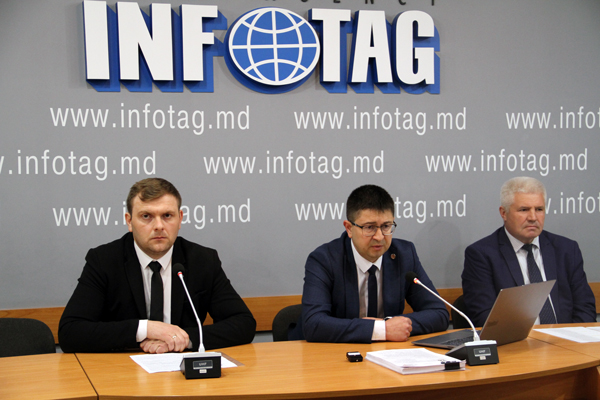
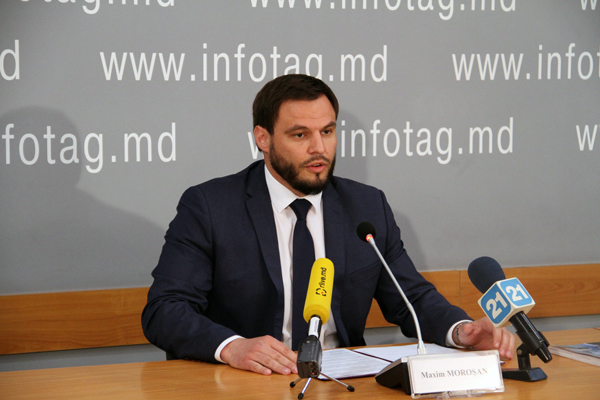
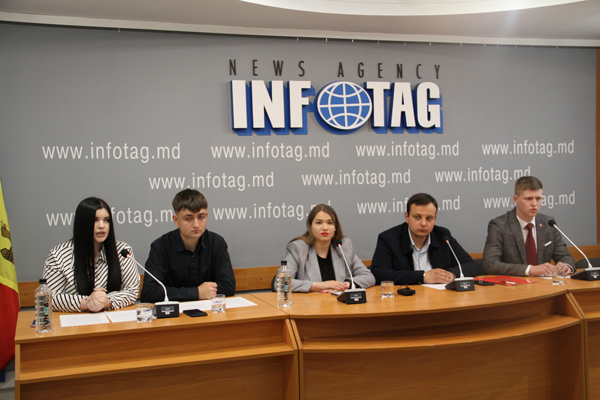
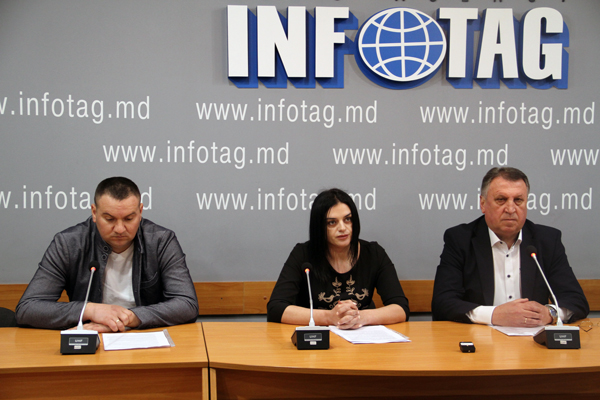
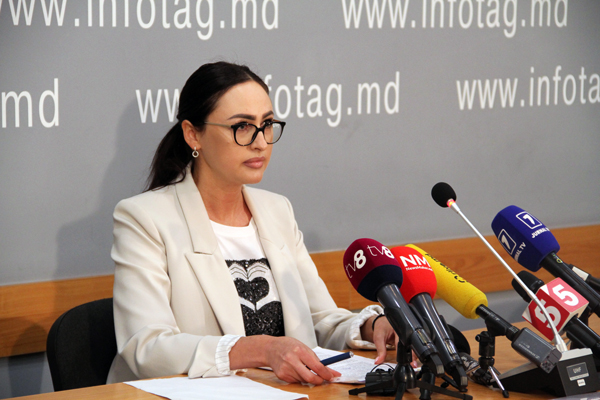
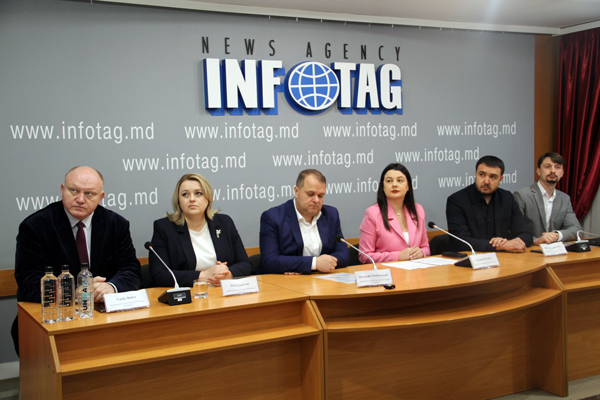
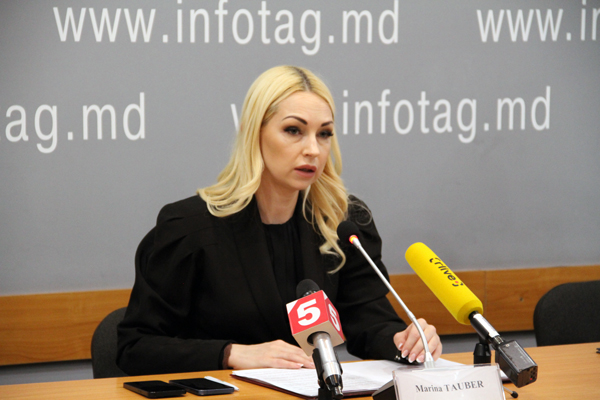
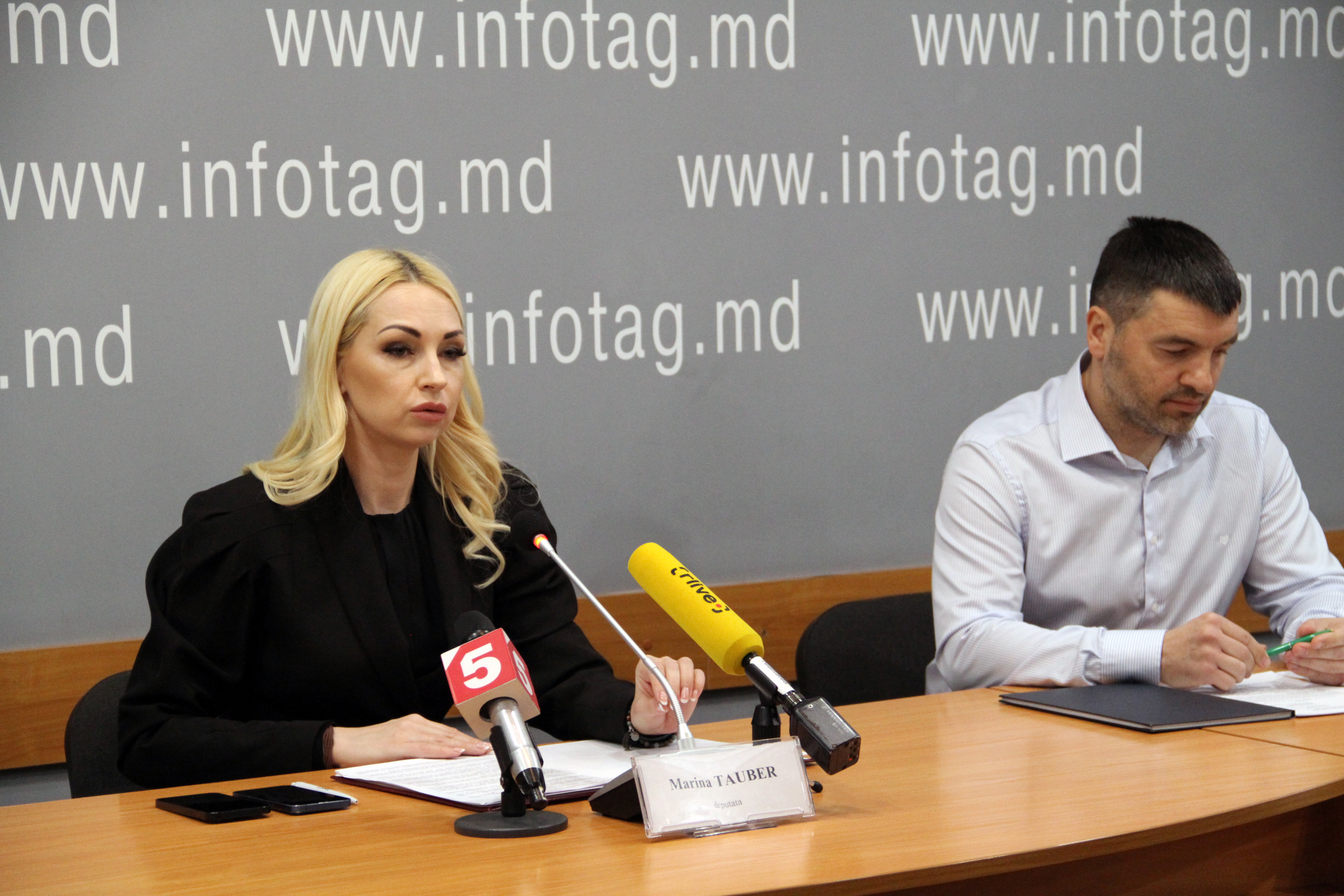
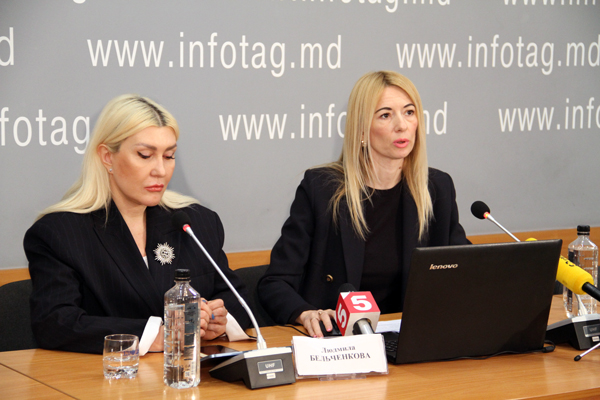
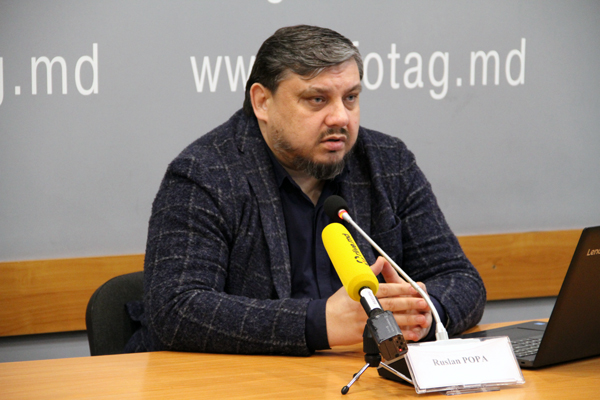
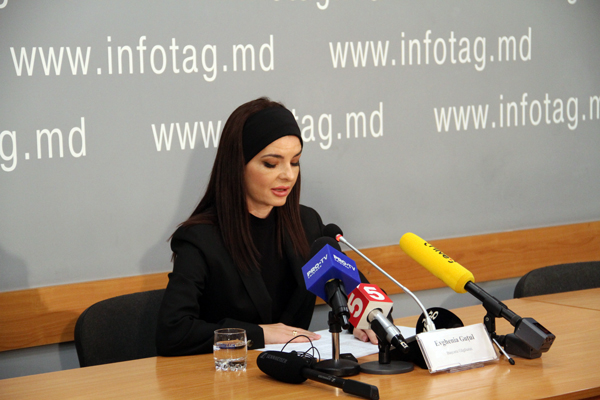
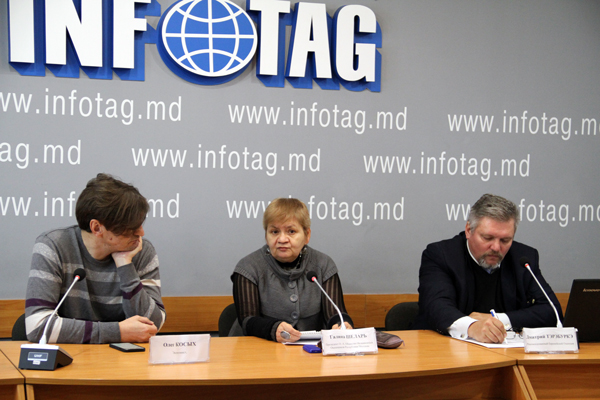
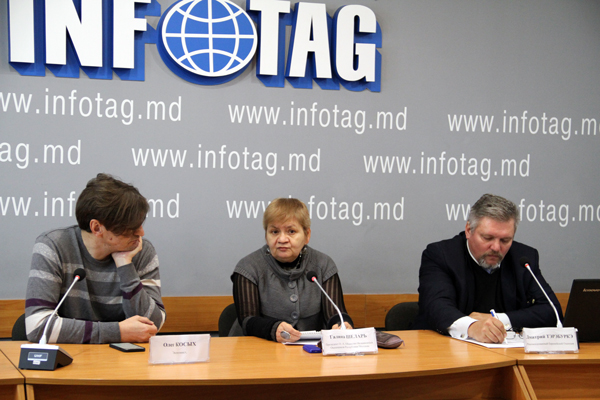
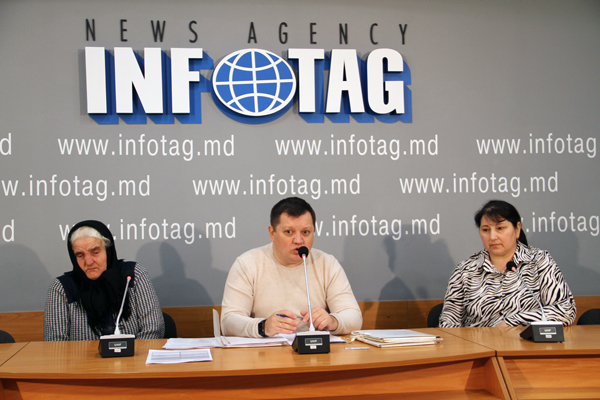
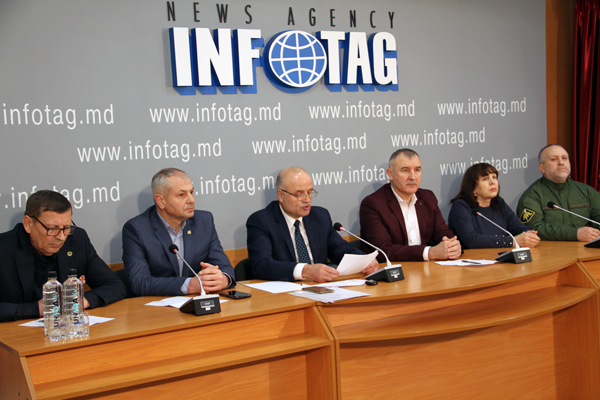
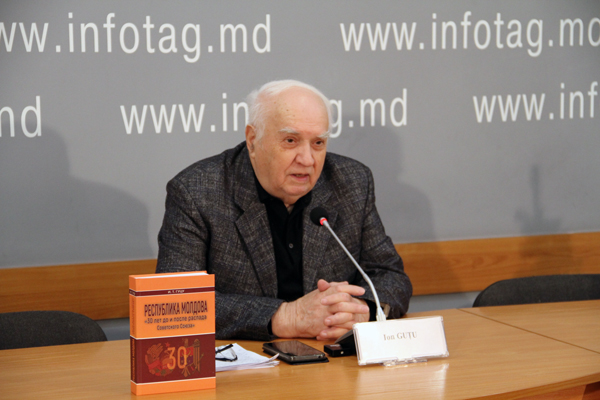
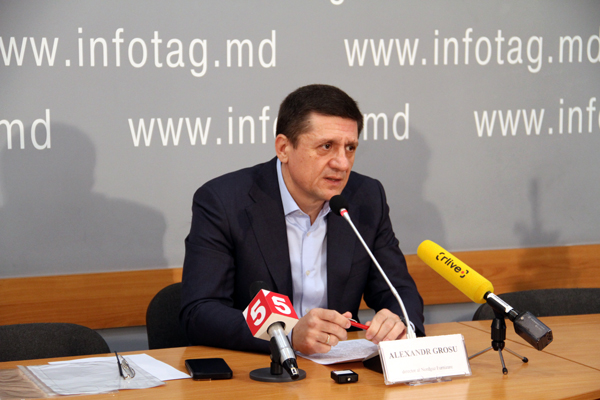
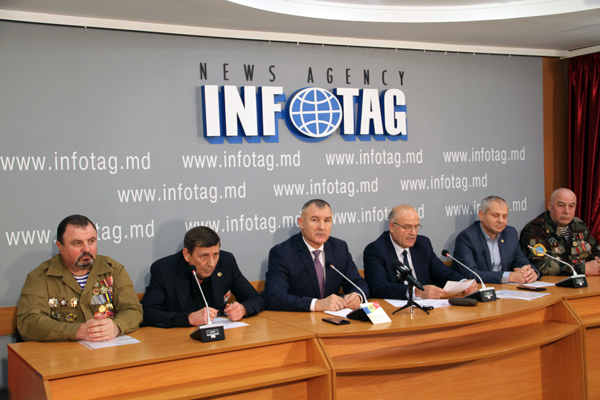
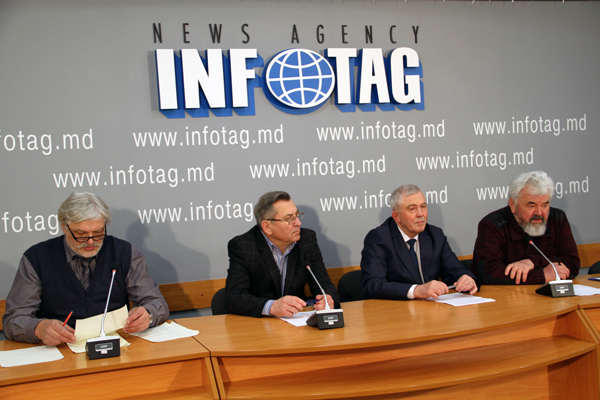
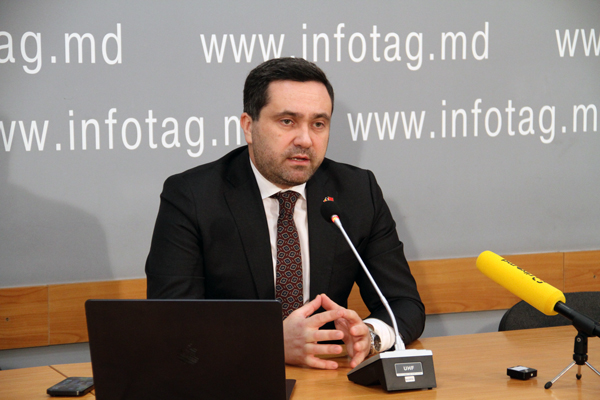



Add Comment